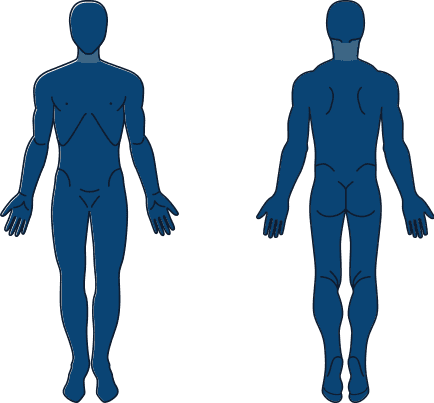- There are three types of muscle fibers based on structure & function
- Type 1 – Contract slowly and resist fatigue, produce less tension
- Type 2A – Contract quickly, hybrid between Type 1 & Type 2B
- Type 2B – Contract quickly, fatigue quickly, produce higher tension
- Muscle fiber composition is genetically determined, it is unclear whether training can lead to fiber transformation
- Training has been shown to improve the performance and function of specific fiber types
- Heavy resistance traiing has been shown to increase Type 2A fiber, decrease Type 2B fibers, and leave Type 1 fibers unchanged
- Low resistance, high volume training has been shown to improve Type 1 fiber performance
- There are several kinds of muscle contractions
- Concentric contractions occur when a muscle is shortened while resisting or working against a load
- Eccentric contractions occur when a muscle is lengthened while resisting or working against a load
- Isometric contractions occur when a muscle acts against a load while maintaining the same length (ie pushing against a wall)
- Isotonic contractions occur when muscles contract against a constant load at a variable rate of movement (most weight lifting exercises fall into this category)
- Isokinetic contractions occur when muscles contract against varying amounts of resistance at a constant rate (seen in rehabilitation &recquires special machinery)
- Muscle mass is increased due to overloading the muscle which leads to hypertrophy
- Hypertrophy is typically seen after 6-7 weeks of strength training
- As a general rule, exercises with a load that is greater than the 6-repitition max will lead to increased muscle hypertrophy, whereas exercises involving increased repetitions with a load less than the 20-repitition max lead ti improved endurance.
